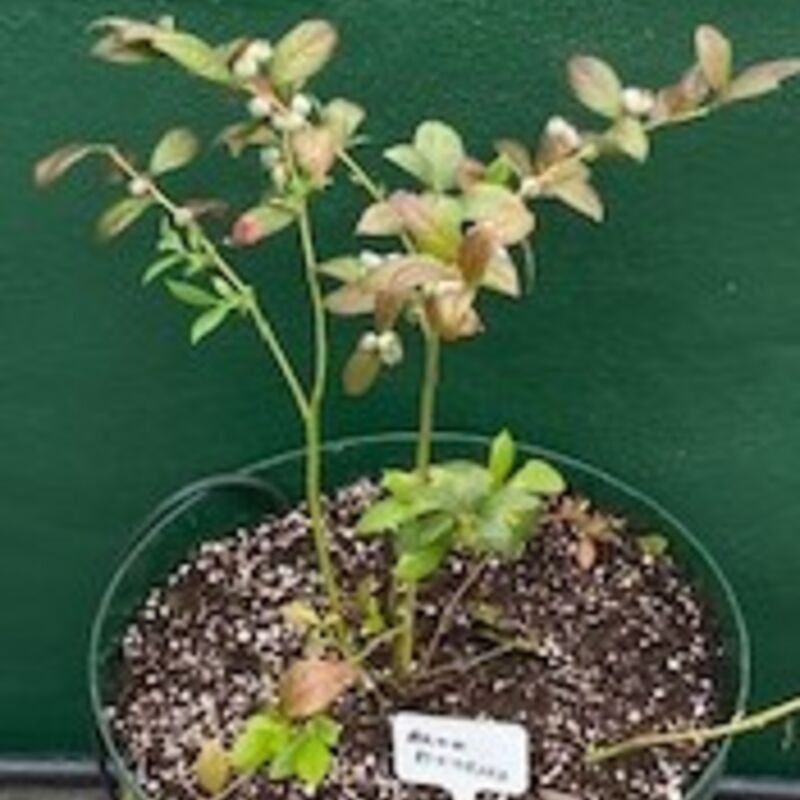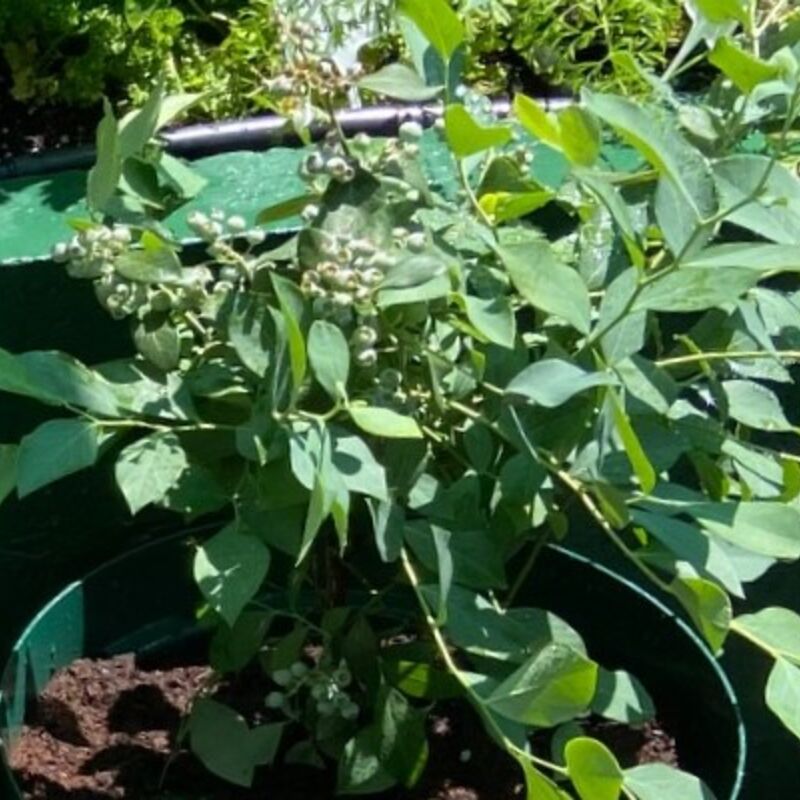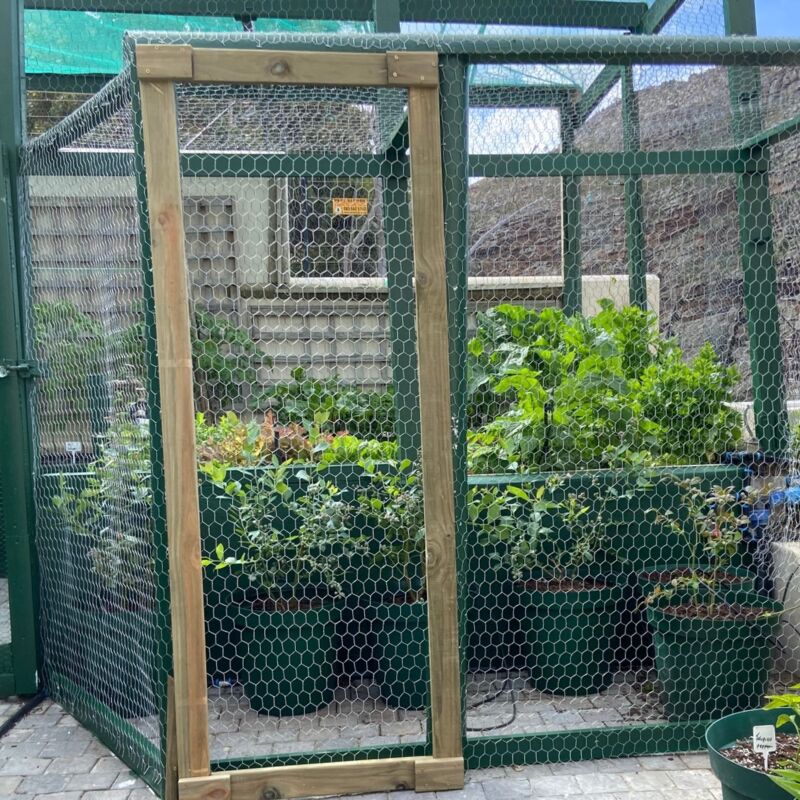Blueberries


Blueberries
Growing blueberries in containers
Choose a blueberry variety best suited for container growing and the weather and climate in your area.
Containers
Pick a deep container at least 12 in (30 cm) wide, starting with a well-draining pot with drainage holes in its bottom pot that is about the same size as the plant which will last your blueberry bush 2 to 3 years on average.
Potting mix.
Blueberries grow best in acidic soil, for example a bagged mix meant for hydrangeas and azaleas, or combine equal amounts of regular potting soil and peat moss. Aim for a pH of 4.5 and 5.5.
Potting
The plants come in small growing containers.Remove the bush container without damaging the roots by tapping the back of the container to loosen the and remove the plant. Roughen the soil around the rootball to expose rootlets to facilitate growing in its newpot.
Only burry the root ball and not the stem above the rootballuse and place the pot where it receives at least six hours of sunlight per day.
I use a drip irrigation to provide seven minites of water twice a day, but I monitor the soild moisture because blueberry plants are sensitive to soil moisture levels.
I use a pine needle or pine wood acidic mulch to keep the soil pH low for blueberry bushes to thrive. Mulch also insulates your plants, reducing stress from heat and water loss.
After 4 to 6 weeks of planting the blueberry.plants add an acidic slow-release fertilizer (like hydrangeas and azaleas fertilizers) directly to the soil.
Caution, fertilizers with nitrate are dangerous for blueberry bushes. Read the ingredients carefully to make sure you don’t apply this type of fertilizer by mistake.
Test and adjust the soil pH as needed to keep the plants healthy.
Maintaining the soil’s pH is one of the biggest challenges to growing fresh blueberries every year. Get a pH probe and dip it about 3 in (7.6 cm) into the soil. Amend the soil as needed to bring the pH back to a safe level
If the pH gets too low, try mixing dolomite lime into the soil. Lime is available at most home improvement stores.
Continue adding pine mulch, cottonseed meal, or iron sulfate to lower the pH.
From the second year start spreading fertilizer 2 to 3 times a year starting in early spring by adding acidic slow-release fertilizer and ending in late fall.
Read the manufacturer’s label carefully to find out how much of the product to add to the soil. Adding too much is dangerous and may affect your blueberries.
Pruning.
Generally, pruning is not necessary in the first 2 years of growth. After that, trim off all of the old or damaged branches starting in late winter early spring. .
Take care of your plants in February or March to prepare them for new growth. Use a sharp pair of shears to snip off about ¼ of the old branches. Cut the branches off at the stems to give the new ones plenty of room to come in.
Regular maintenance keeps your blueberries strong. Forcing the plant to use resources on new growth leads to bigger, better berries.
Repotting
Expect your blueberry bush to outgrow its original pot within 2 or 3 years. When it starts reaching the edge of the pot, transfer it to a new pot about 20 to 24 in (51 to 61 cm) in size. Replant the bush in acidic soil like you did originally.
Take the time to examine the root ball. Trim away gnarly or excessive roots as needed to keep the plant contained.
Birds
Blueberry plants produce fruit after 3 to 4 years of growth. Unfortunately, scavenging birds may get to the fruit, hence I grow my plue berries in the enclosure that once kept the baboons out, birds are not worried by electric fences!
